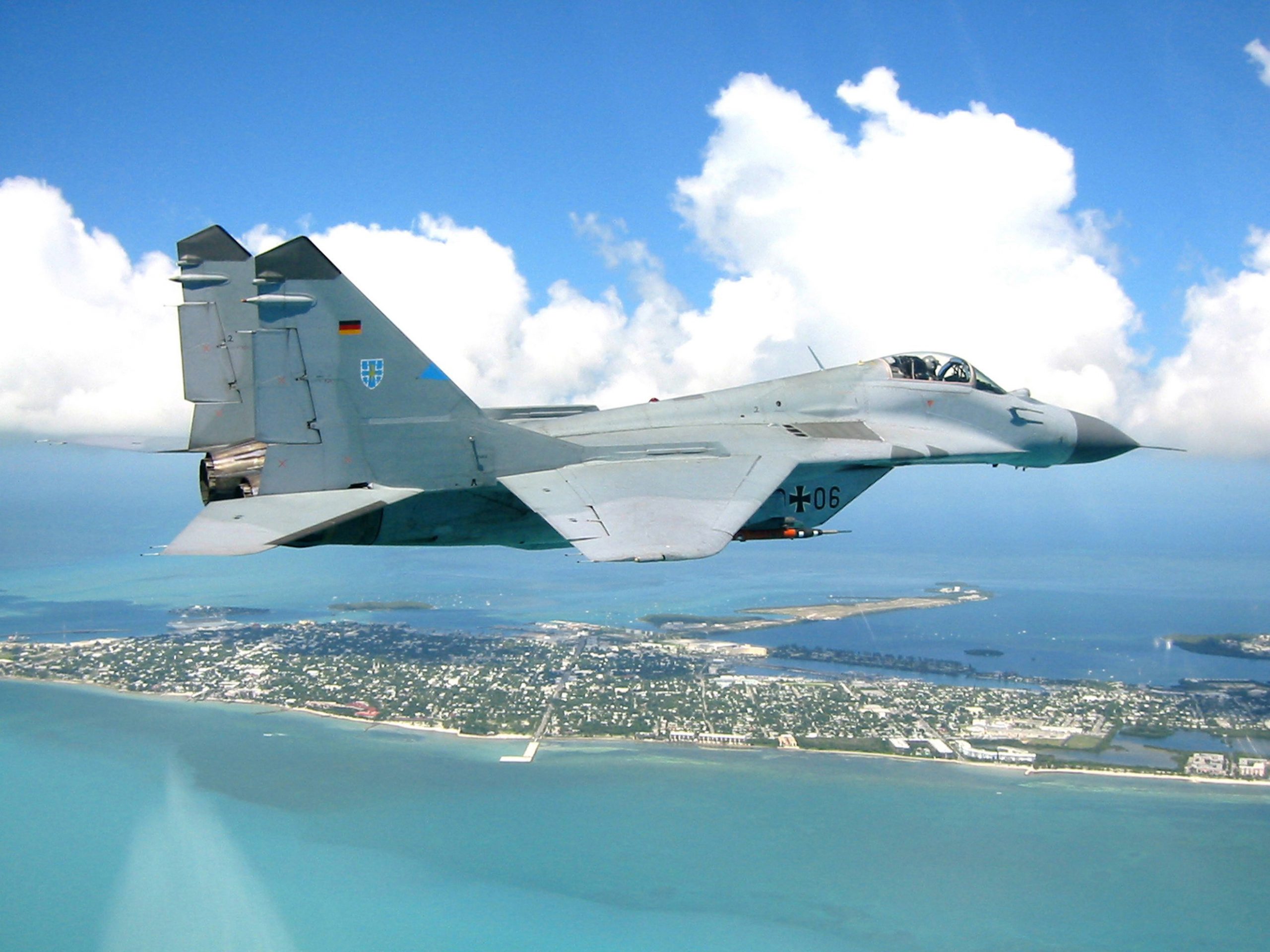
The recent statement from the Dutch Minister of Defense, Kais Olengren, as reported by the Dutch News Agency ANP, outlines a strategic move involving the deployment of 12 to 18 F-16 fighter aircraft to Romania. This operation is a pivotal component of a broader initiative aimed at training Ukrainian pilots.
In an initial assessment, the integration of the American F-16 fighter aircraft into the Ukrainian pilot training curriculum has become highly significant. Notably, a renowned Ukrainian pilot, known by the call sign “Moonfish,” shared firsthand insights regarding the F-16 on October 4. Moonfish is actively participating in the F-16 multirole fighter training program and conveyed his initial impressions exclusively through a well-regarded Ukrainian communication portal.
Moonfish anticipates that the F-16 will achieve combat readiness within a timeline of 6 to 8 months. He underscored that the trainee groups exclusively comprise experienced combat pilots, each bringing a wealth of operational knowledge to every new class.
A notable aspect of Ukraine’s F-16 training program is its tailored approach, which takes into consideration the unique combat backgrounds of its pilots, their current mission profiles, and potential tasks related to the American aircraft.
The upcoming phase will witness the commencement of initiation flights for Ukrainian pilots, conducted alongside expert instructors, as part of their commitment to ensuring future operational effectiveness. The Ukrainian Armed Forces have confirmed that their pilots have already initiated training on advanced flight simulators, meticulously replicating the F-16’s cockpit configuration.
When discussing the F-16 in comparison to MiG-29 fighters, Moonfish emphasized the feature-rich displays integrated into the former and the streamlined approach to equipment interaction within the onboard computer. Regarding cockpit ergonomics, Moonfish acknowledged the F-16’s efficient and well-designed, albeit somewhat narrow, structure that offers practicality.
Furthermore, Moonfish stressed the significance of simulator training in the transition of Ukrainian pilots from MiG-29s to F-16s. This transition phase involves initial training on accessible simulators, some of which may even be of domestic origin, as suggested by the Ukrainian Armed Forces.
Distinctions Between MiG-29 and F-16 Aircraft
In accordance with the insights provided by BulgarianMilitary.com, it is imperative for Ukrainian pilots to undergo mandatory simulator training before being entrusted with autonomous F-16 operations.
Moonfish, a seasoned Ukrainian officer, aptly recognizes the substantial disparities in the handling of visual systems and weapon interfacing between the MiG-29 and the F-16. The transition from basic data input on the MiG-29’s onboard computer to the advanced interface of the F-16 represents a significant operational shift. Nevertheless, Moonfish, drawing upon his wealth of experience, exhibits a confident outlook in surmounting these novel challenges.





